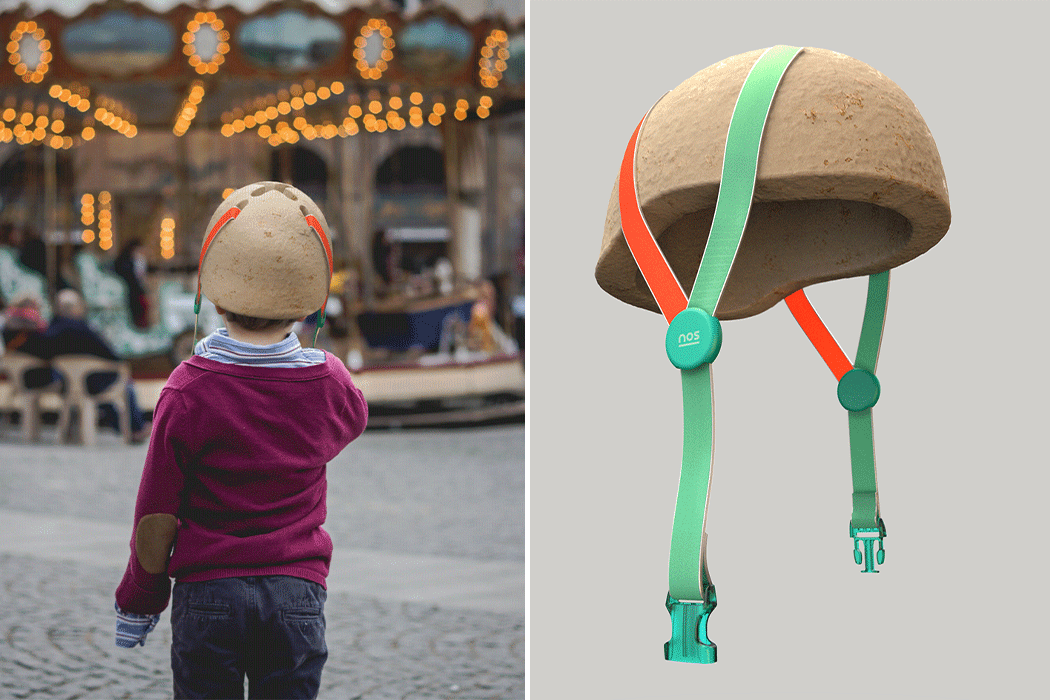
DIY designs have been taking the design world by storm! Especially with COVID-19 restricting us to our homes, building things purely with our hands, putting our sweat and grit into it, and watching a design roar to life in front of our eyes, has become the new pass time for many of us. But these DIY designs are more than just your run-of-the-mill products made using discarded water bottles, and paper! These are innovative, complex, and highly functional designs that cater to a variety of our needs, but are also really simple to put together. It’s the best of both worlds. From a sustainable helmet made from mushroom to a futuristic PC design, each of these nifty designs will get your creative juices flowing, your hands moving, as well as definitely add some value to your life. Which of these unique DIY designs would you try building at home?!
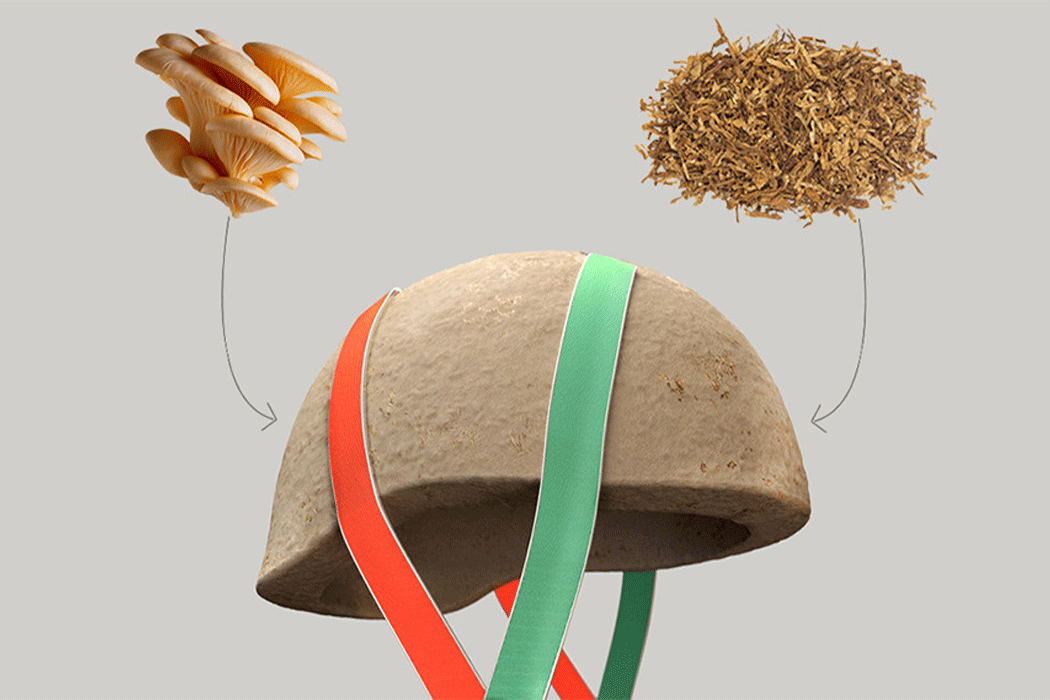

This mushroom helmet will grow on you as it grows. Yes, read this slowly and carefully: this mushroom helmet will grow on you as it grows. “What do you mean?!” you say and I assure you that statement is not wrong, there is an explanation for it. The Grow It Yourself Helmet is a sustainable product made from mycelium which is the vegetative part of a fungus. Mycelium is the thready hyphae that are tightly woven into mass branch-like networks making it a strong sustainable material. The network of filaments are natural binders and they also are self-adhesive to the surface they grow on. The entire process is based on biological elements that help in upcycling waste. The process of making this helmet also gets the kids involved in a meaningful activity that teaches them about sustainability and safety.”We have developed a helmet that can be made out of hay and Mycelium. It is 100% compostable, breathable, and impact resistant. The helmet reduces the use of plastics in a product that will be disposed of in a short time due to the child’s growth rate,” says the team at NOS Design.
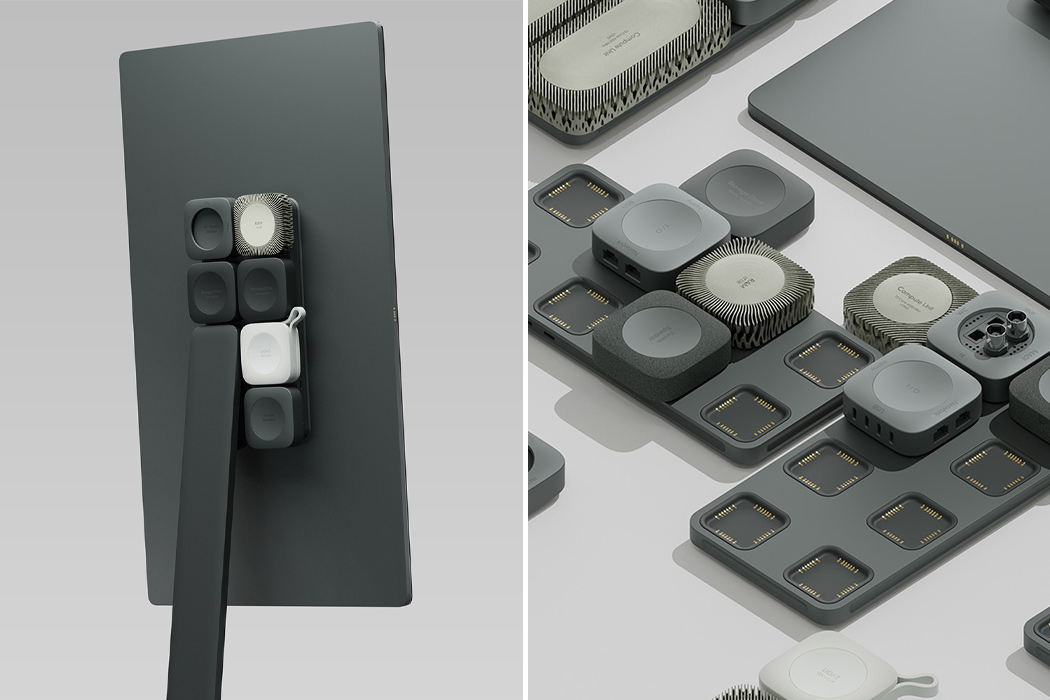
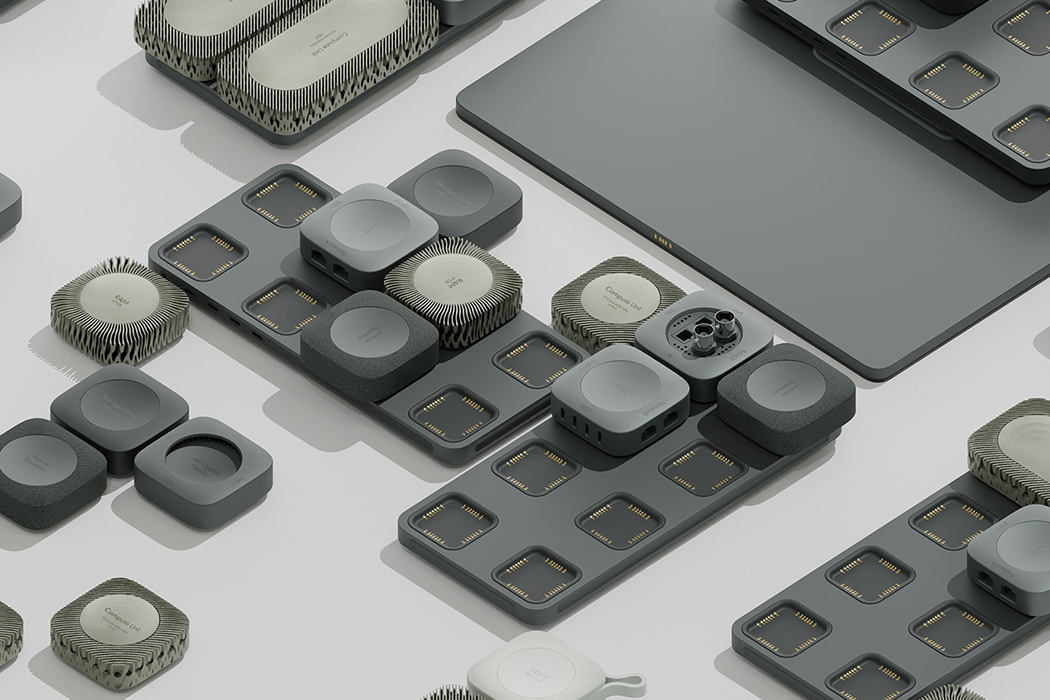
Now, some tech companies, like Apple, will buy back your older models in exchange for store credit. However, why replace a product when you can upcycle it? The Modular Workstation Computer offers an alternative device that would make this process easier. The computer’s internal hardware – its processor, memory, etc. – is attached to a tray of large, cube-like pieces that can be pulled off and reattached. This design choice is a huge departure from standard laptops, which tuck their hardware inside the body of the computer, requiring you to unscrew the bottom plate to access it. This inconvenience may discourage consumers from learning more about how their computer works – and how they might use that knowledge to extend the life of their device. The Modular Workstation Computer presents a better solution: one that reduces long-term costs and environmental impact.
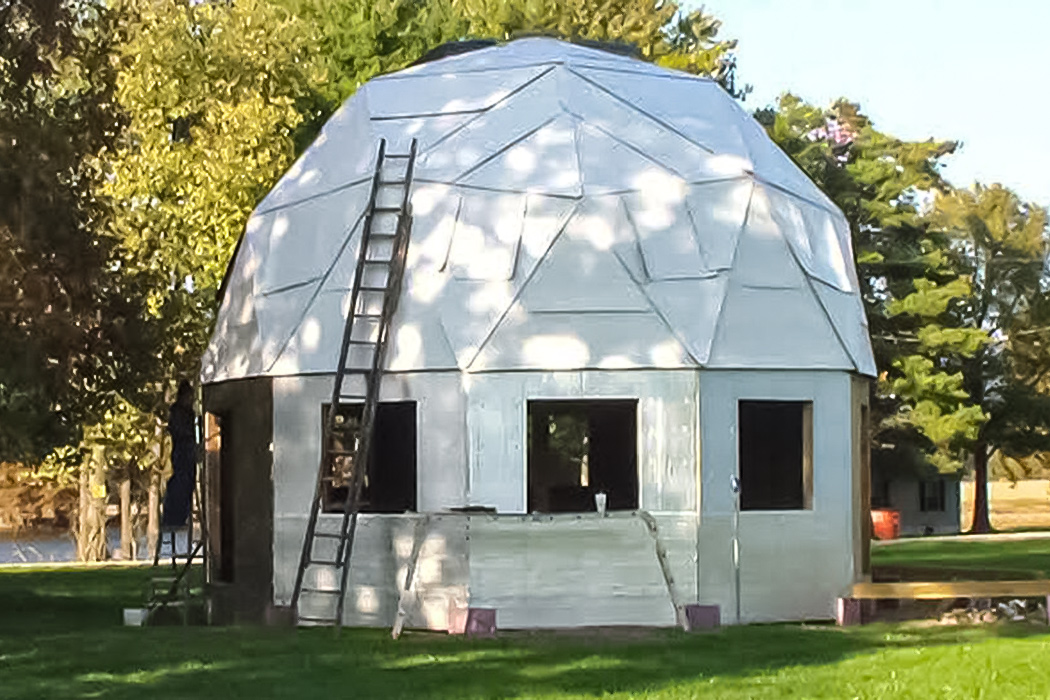
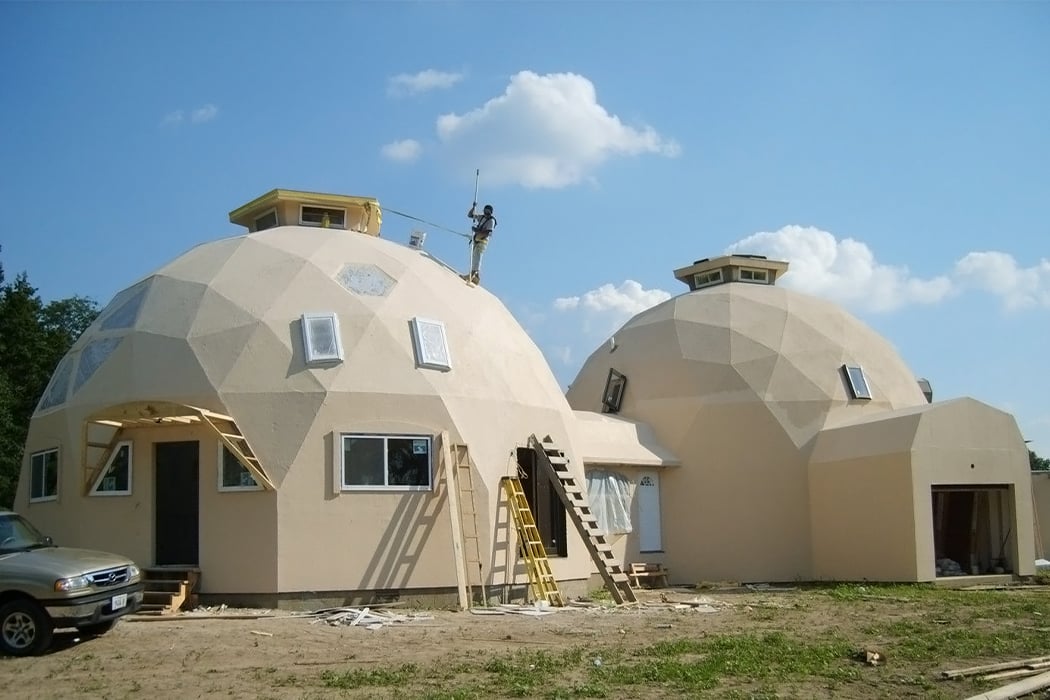
Dubbed as EconOdome, each structure’s frame and triangle panel kits come pre-cut and partially assembled with detailed instructions – so better than IKEA and you get a whole home instead of just a couch! EconOdome homes are built similarly to conventional homes involving a foundation and the main floor. Once that is in place, the vertical walls and roof is added in. There are 130 triangular roofing elements that connect to form the dome which has 10 equal sides. To minimize waste, parts in the DIY kit are cut to fit precisely with no additional work required on that end. The wood also comes with pre-drilled holes for stainless steel screws and caps to make assembling it super easy. The company’s 26-foot fully insulated model is sold for about $18,000 and their smaller 13-foot option is an option for those working within a more reasonable budget. The two-story larger model spans just over 800 square feet and comes with a fully equipped kitchen on the first floor and a bedroom on the top floor.
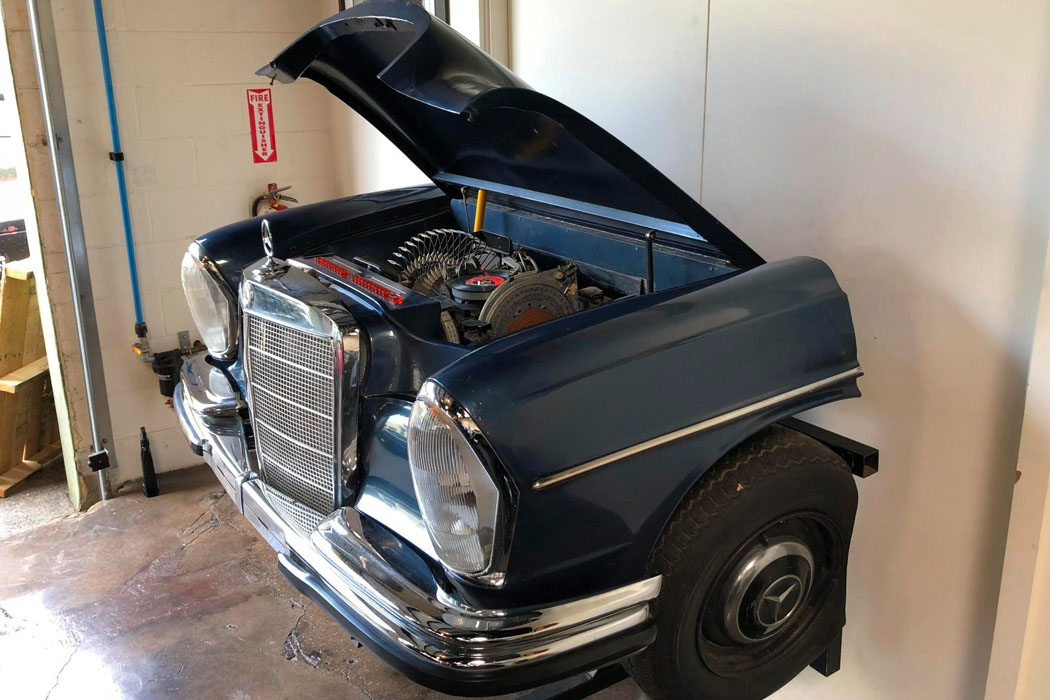
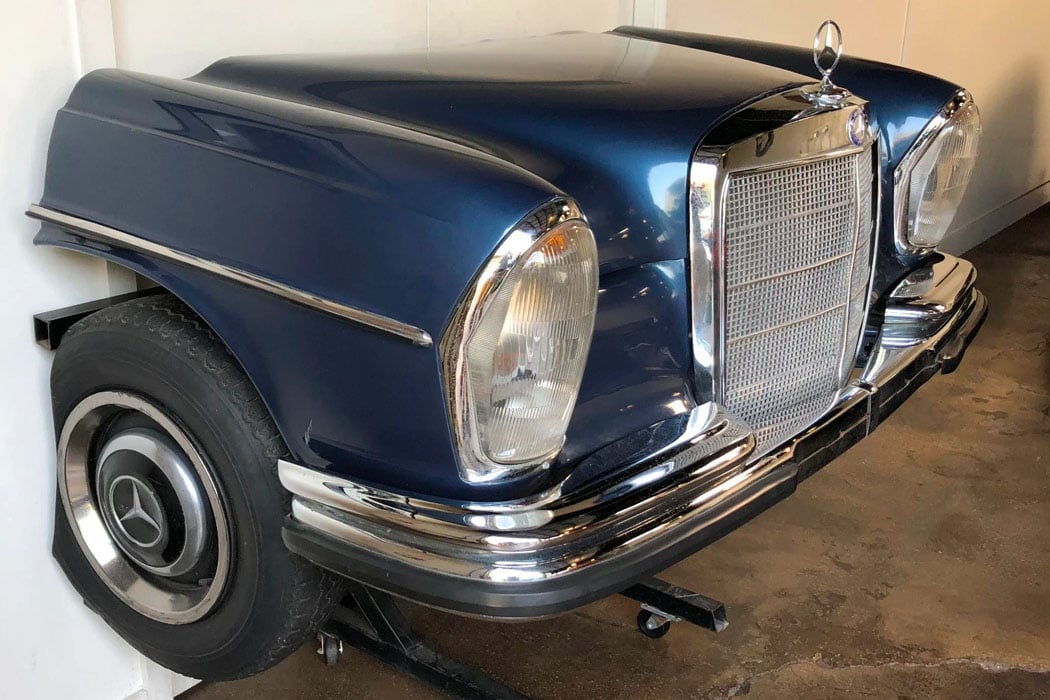
Designed by British performance art troupe Mutoid Waste Company way back in the 1980s, this piece of DIY is well worth its weight in gold. Music lovers who settle for nothing less than 45 rpm records playing on their vinyl record player or a turntable are surely going to drool all over this creation. Christened the Mercedes-Benz 220 Jukebox, I bet you would not have seen anything like this before. Owning it is a far cry now as it’s already been auctioned for a fat sum of $2,500. But the jukebox fitted inside the front end of a vintage Mercedes-Benz 220 SE is not something you get to see every day. It doubles as a jaw-dropping installation in the living room and when it’s time to listen to some music, one opens the hood and plays the favorite record player for pure bliss.

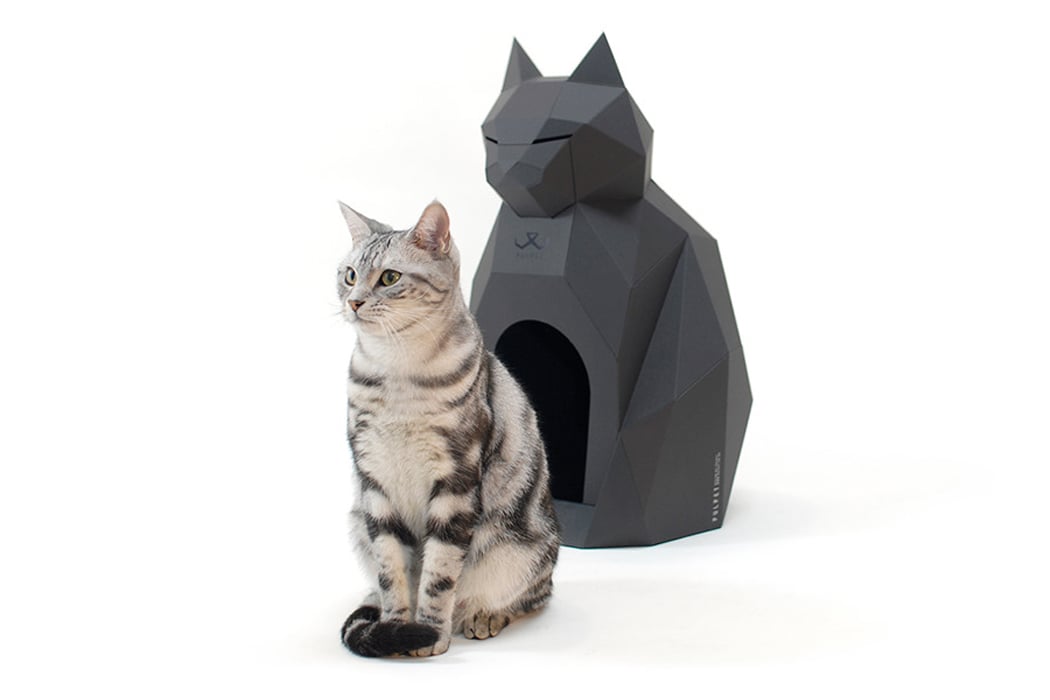
Taesung Yoon designed Pulpet, a DIY paper cat house. Pulpet initially consists of eco-friendly paper cutouts, which are ultimately handcrafted and put together to assemble a cat house in the shape of a geometric, sitting cat. Users can easily assemble Pulpet without any additional building components. Prepared with all the necessary contents for assembly, Pulpet is easily constructed by adhering the geometric faces together to form the shape of a cat. If like me, the shape of a cat doesn’t readily come to your creative eye, an assembly manual comes included with the paper house cutouts. To make Pulpet eco-friendly, Taesung Yoon sourced FSC-certified paper material harvested from forests that are responsibly managed and environmentally conscious.
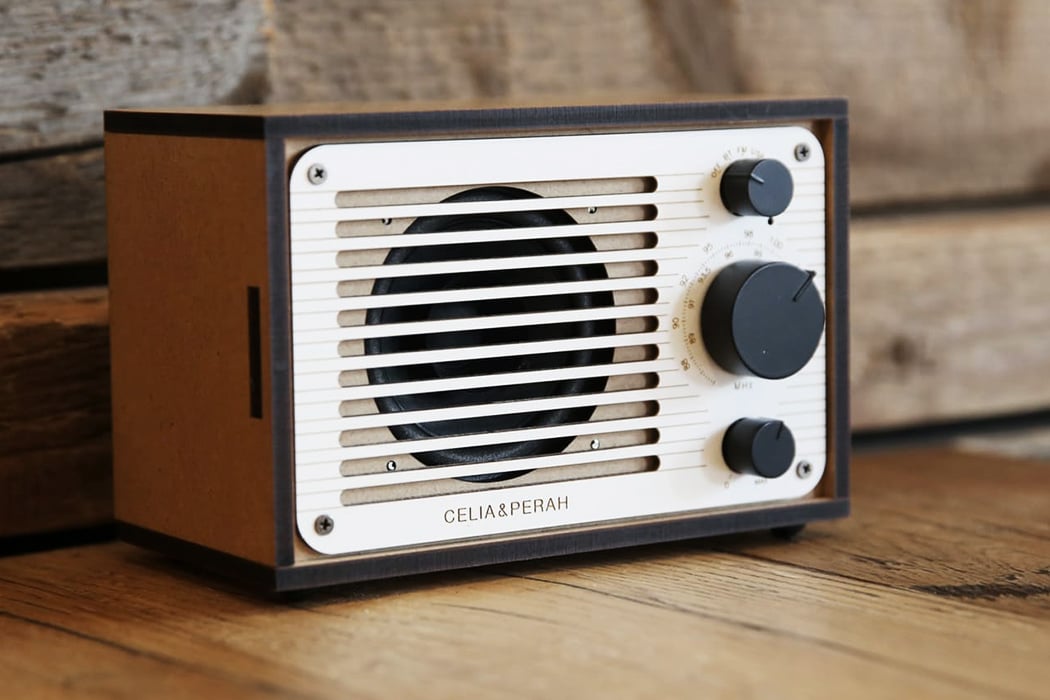
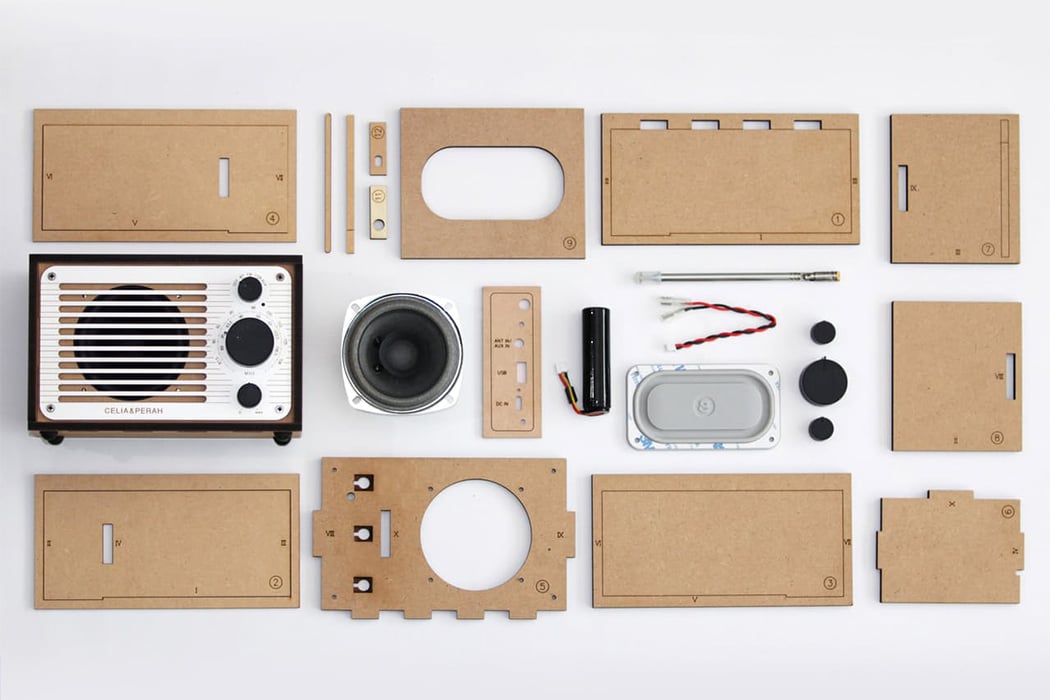
Celia & Perah has built a detailed laser-cut assembly that is easy to follow for even the new DIY enthusiast – Meet the Classic Bluetooth Radio. Taking roughly an hour to assemble, the kit consists of one 3″ full-range speaker, a 4″passive radiator, laser cut wood boards, a PCB, battery antenna, and other small items required to assemble this design. Do not be deceived by its rustic looks, the speaker is amped with modern functionalities such as Bluetooth connectivity, USB and AUX inputs as well as an FM radio function! The end result is a vintage-inspired radio with modern sound capabilities that can last up to 5.5 hours of plug-free playing. There are 2 variants of the speaker black or white with the existing wooden body, so you can choose the one that matches your space.
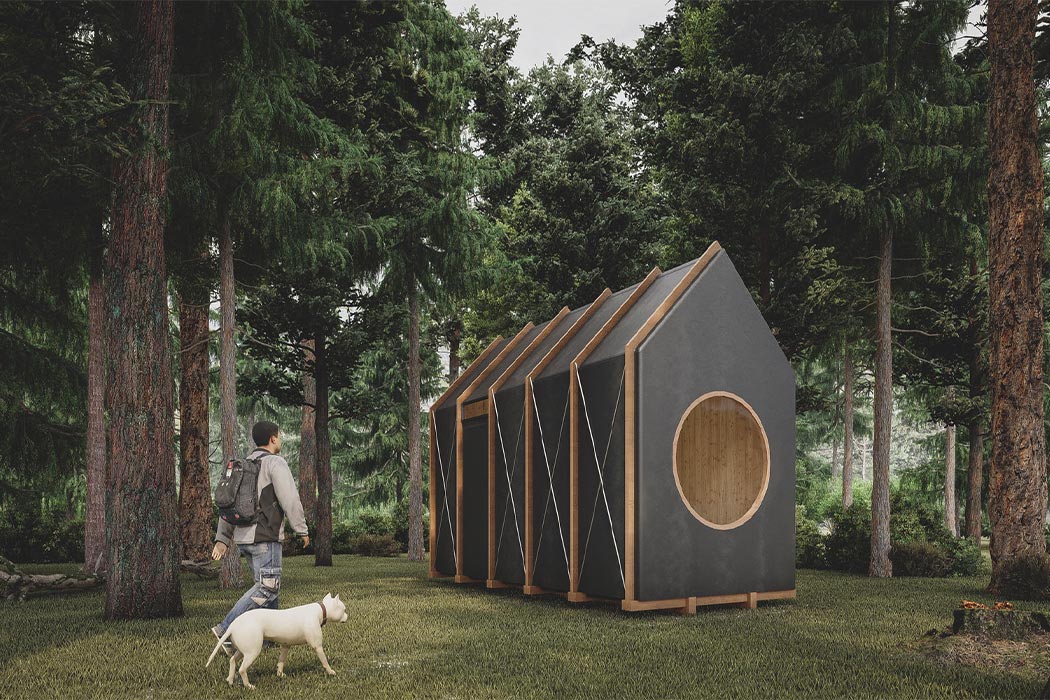
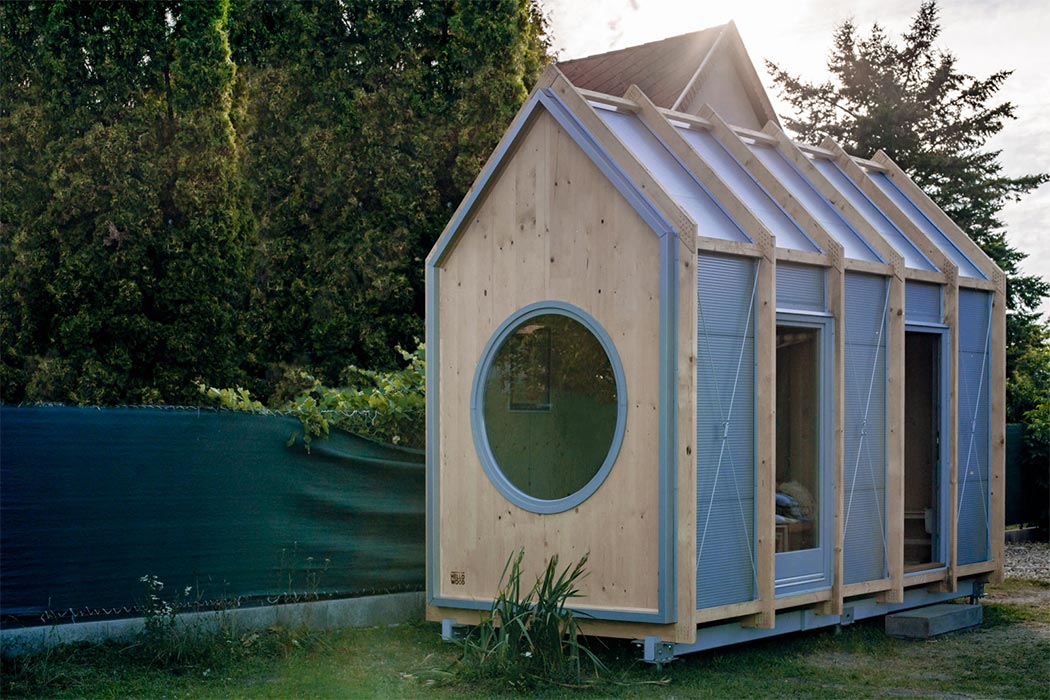
A Hungarian company called Hello Wood has designed a tiny minimalist cabin that you can assemble yourself for creative space solutions or just an escape from your living room. The prefabricated cabins start at $10,200 and have been crafted in a way that anyone can put it together, it is truly the ultimate DIY project. With the tiny home market ‘growing’ rapidly, the Kabinka cabin is positioned to be like IKEA furniture – easy to assemble with an aesthetic that is loved by most. The Kabinka cabin comes in four sizes that range between 129 and 215 square feet. It is a tiny cabin but it has high ceilings – over 12 feet high actually – that bring a sense of spaciousness and luxury to the otherwise simple structure. The ceiling space is well optimized to give the cabin a loft-like setup that can be used as storage space or a cozy reading nook. Another cool thing about Kabinka is that it is a flatpack design! You can also customize it to suit your needs – it can be a private backyard workstation or a mini weekend holiday home without the heavy price tag (since you assemble it, it brings down the costs!).
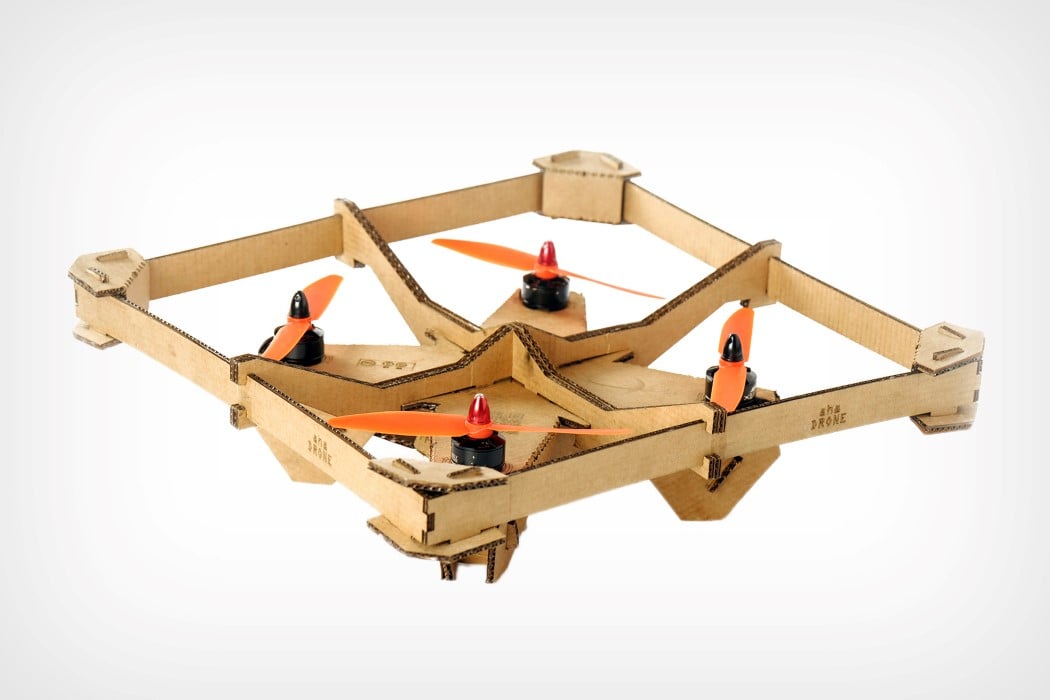
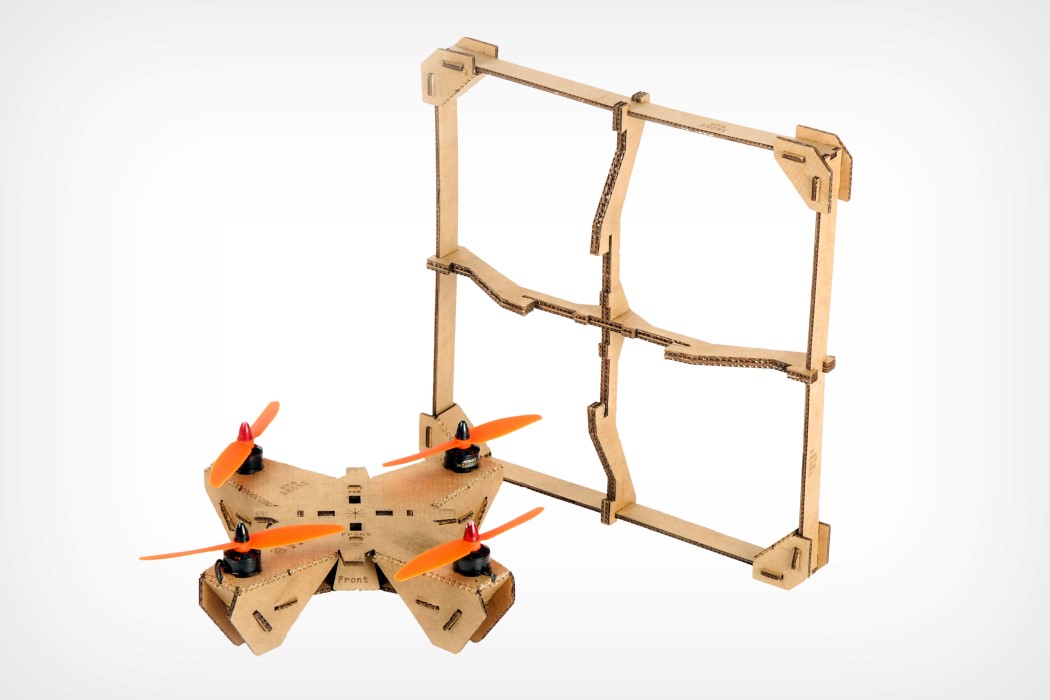
I love the Ahadrone kit’s DIY touch! Designed to be the “drone for everyone”, it democratizes one of the hottest (and sometimes expensive) categories in consumer electronics. With all the makings of a very capable drone, the Ahadrone is just like any other remote-controlled quadcopter, but it comes with a complete corrugated board body, allowing it to stay light, but stiff, the perfect property for a drone exterior! Cardboard isn’t new to consumer electronics. The Google Cardboard VR headset, and the cardboard Nintendo Switch Labo kits, have both showcased paper board to be a very capable low-cost solution to plastic parts. The board serves as a great packaging material too, knocking two birds with one stone.. and while it isn’t as permanent as plastic (the Ahadrone wouldn’t last 5 minutes in the rain), with the right template, people can rebuild their own cardboard parts, either out of the board, plastic sheets, or even 3D printing them!
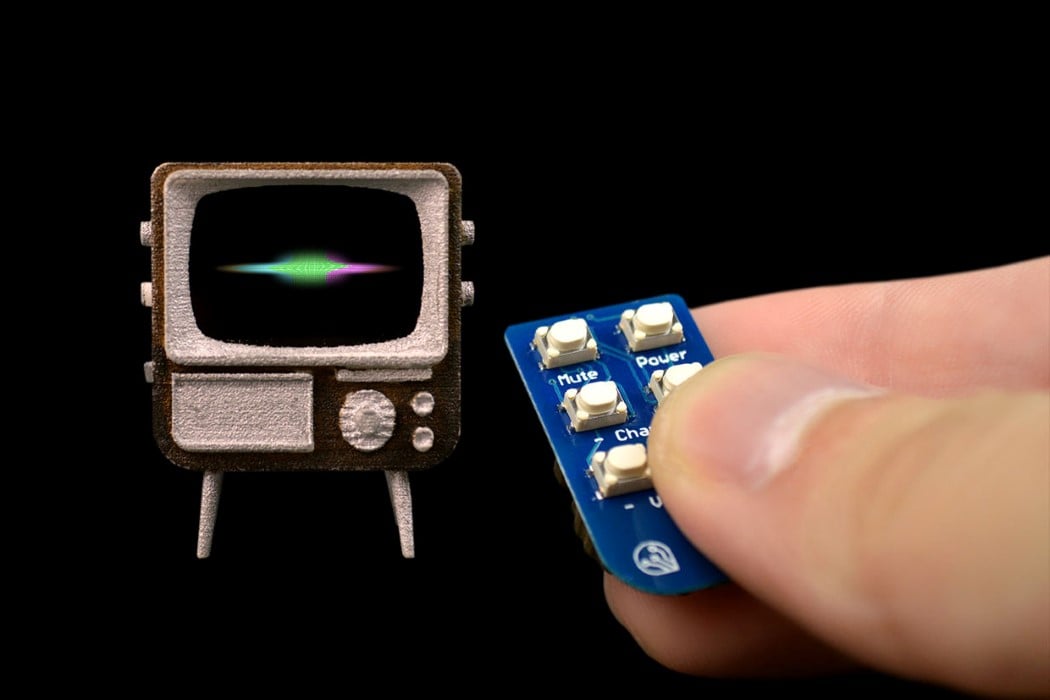

The TinyTV comes as a DIY kit that assembles easily in less than 5 minutes with no soldering or special tools required. It runs off a MicroSD card, allowing you to play back up to 5 hours of content (in MP4 format) on the TV’s ridiculously small screen. The TinyTV also comes along with its own TinyRemote with 6 adorable little buttons to power the TV on, change channels, adjust the volume, and even mute the television (I wonder how loud the speakers on the TV are). The TV’s 3D-printed enclosure is designed to resemble old-timey cathode-ray tube tellies from the 70s… and even though it’s printed in white filament, you can easily give it a quick paint-job with some acrylic paints. Don’t use a spray-paint can though, you might just blow the damn thing away!
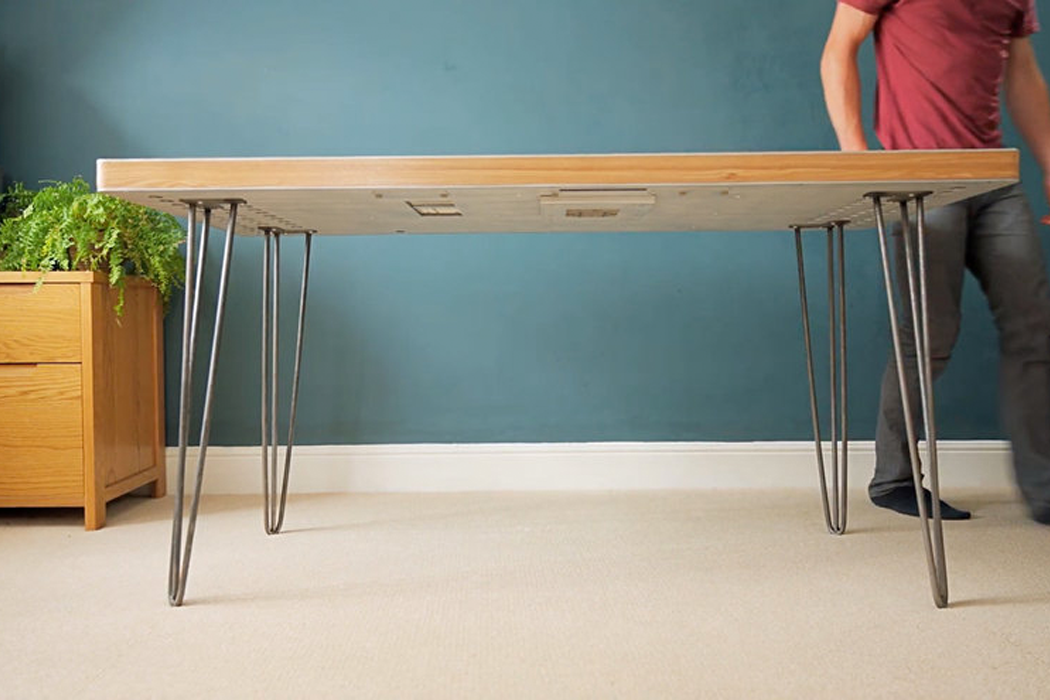
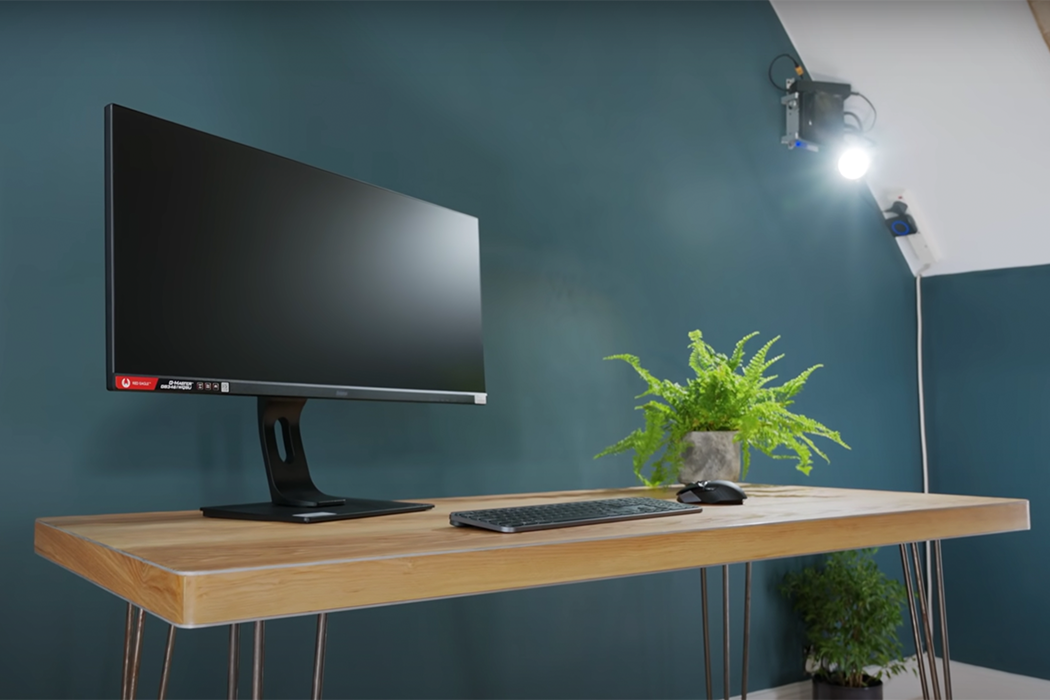
Matt, of YouTube’s DIY Perks, has his own ideas to pass the time with quarantine. That’s to say, he built an invisible PC. Well, he constructed a desk with an interior that stows away a fully-operative hardware system for desktop computers. The outer shell of his invisible PC consists of two main materials: hardwood and aluminum sheeting. Matt used two sheets of aluminum to give his desk structure since they are less than half the thickness of wooden materials and can produce a bend-free design. In order to achieve this, Matt placed wooden beams along the perimeter of one of the two sheets of aluminum, drilled pilot holes, into which he inserted machine screws for a secure attachment. With the insertion of wooden beams along the perimeter, the desk has an interior space with a height of 44 millimeters, which is just enough to contain the components needed for PC operation, AKA the nitty-gritty hardware business.
0 Commentaires